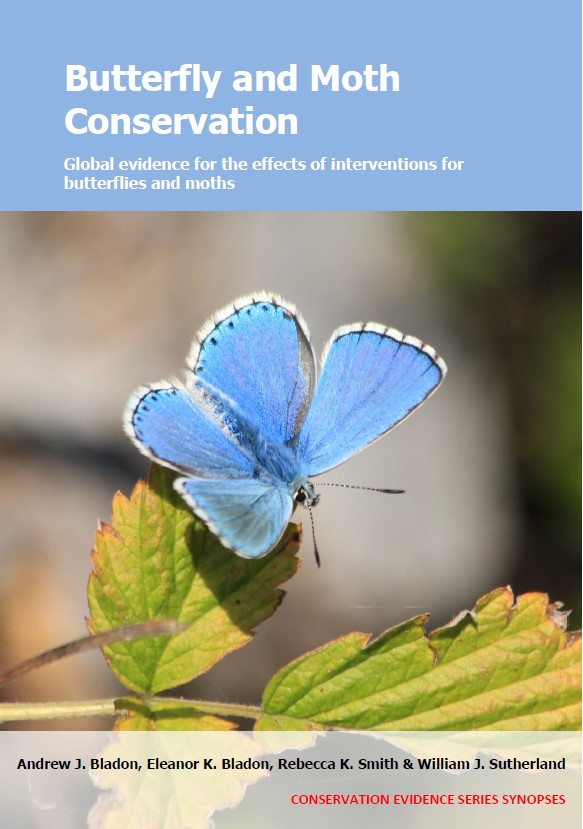Protect in-field trees
-
Overall effectiveness category Evidence not assessed
-
Number of studies: 1
View assessment score
Hide assessment score
How is the evidence assessed?
-
Effectiveness
not assessed -
Certainty
not assessed -
Harms
not assessed
Study locations
Supporting evidence from individual studies
A replicated, site comparison study in 1997 in 20 pastures in the Uppsala region, Sweden (Söderström et al. 2001) found that where more trees and trees of more species had been retained in pastures, butterfly species richness was higher, but richness was lower when a high proportion of those trees were large. There was higher butterfly species richness in pastures with more trees and with more species of tree. However, there was lower species richness when a greater proportion of the trees were large (>30 cm diameter at breast height). All data presented as model results. Butterflies were surveyed along the borders of a 100 m2 square walking transect in 20 grazed semi-natural pastures, repeated 18 times/pasture in July 1997. Tree cover was assessed using maps, aerial photos and field surveys, and tree species and diameter were assessed in the field.
Study and other actions tested
Where has this evidence come from?
List of journals searched by synopsis
All the journals searched for all synopses
This Action forms part of the Action Synopsis:
Butterfly and Moth Conservation
Butterfly and Moth Conservation - Published 2023
Butterfly and Moth Synopsis





)_2023.JPG)














